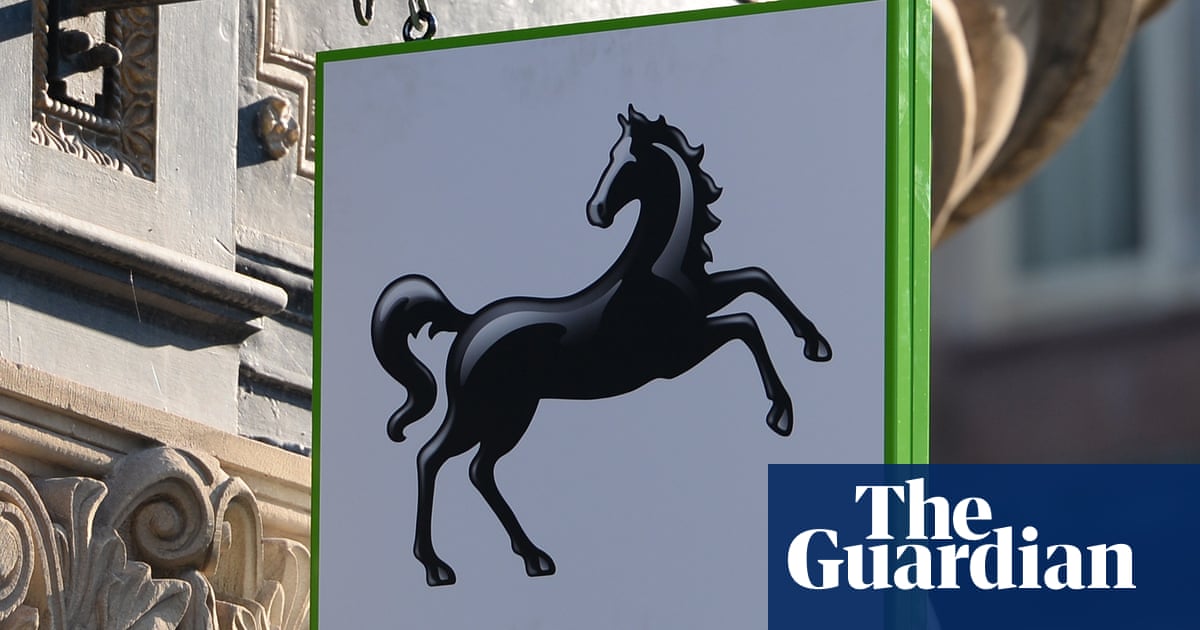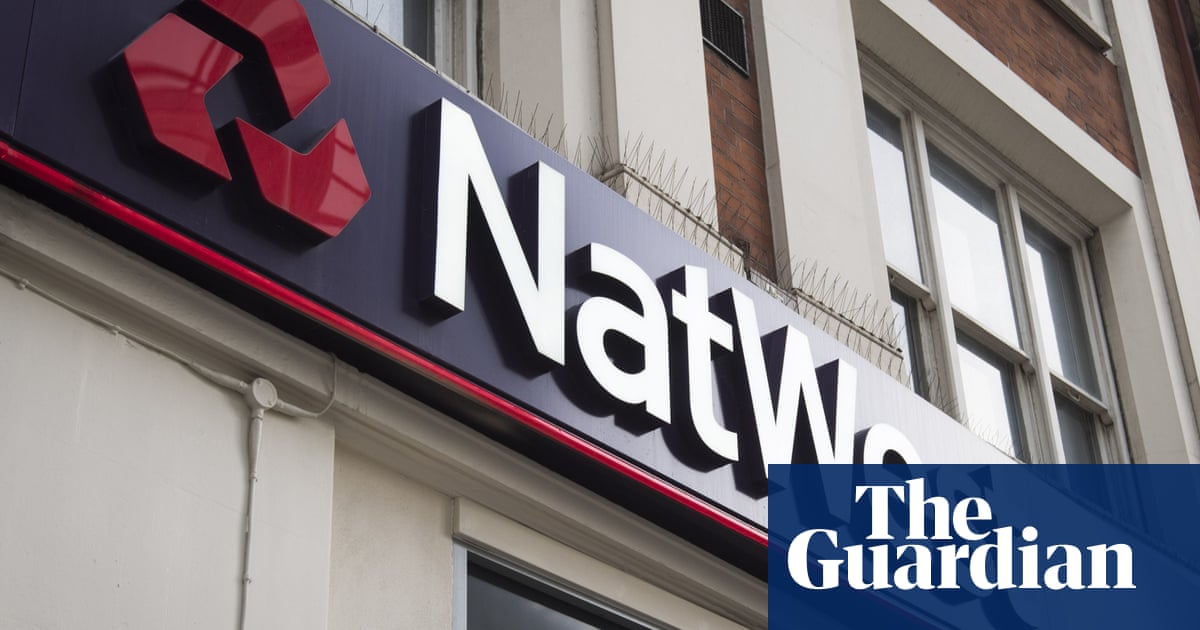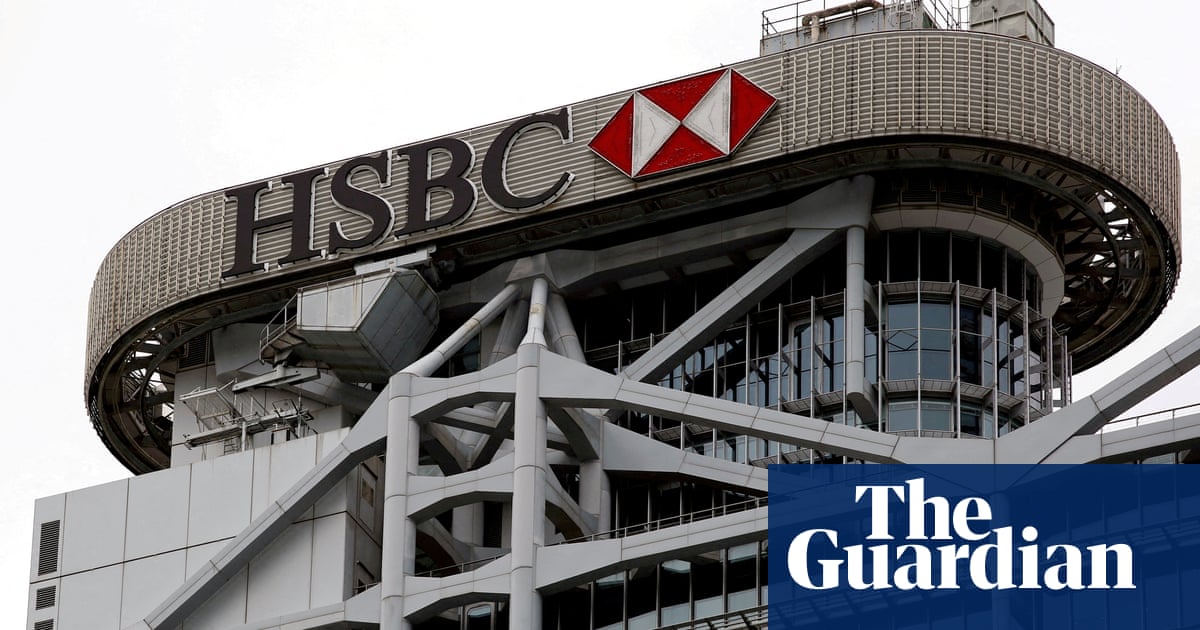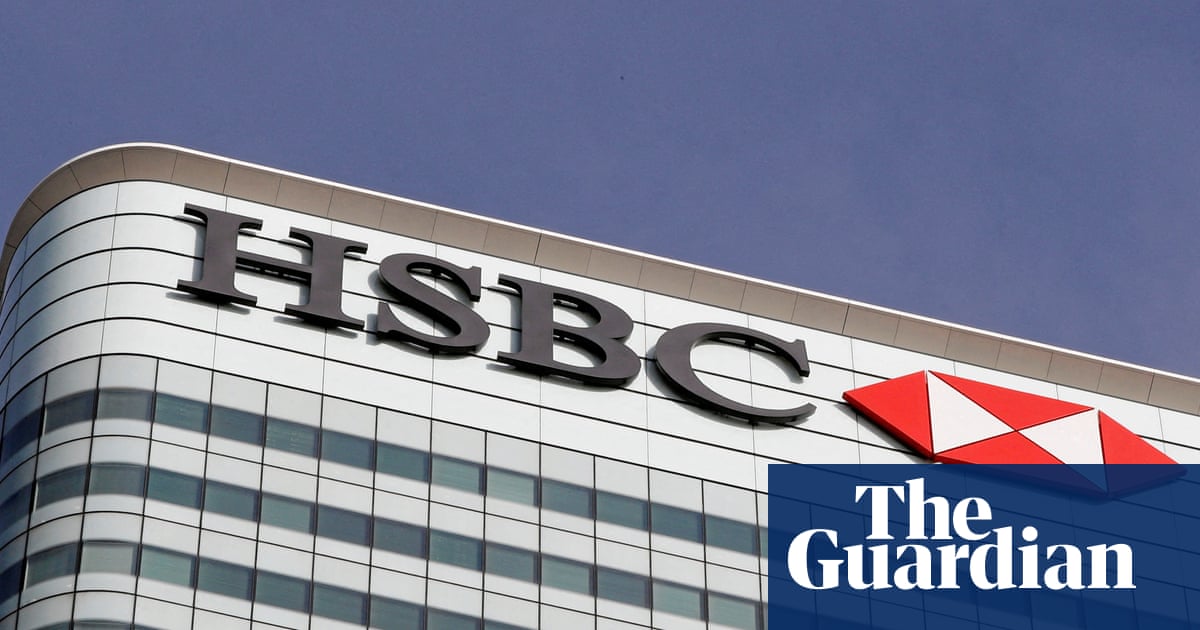
Profits at Lloyds Banking Group have jumped 46% amid higher interest charges for borrowers but the lender expects margins to drop over the rest of this year on the back of tougher competition for mortgage and savings customers.
Like most of Britain’s big high street lenders, the group reported better-than-expected profits for the first three months of the year, suggesting the UK sector has broadly shrugged off the financial turmoil that has so far caused three American banks, as well as Credit Suisse, to collapse since early March.
Lloyds, which owns Halifax and is the UK’s largest mortgage lender, reported a 46% jump in pre-tax profit to £2.3bn for the first three months of the year, up from £1.5bn a year earlier and better than the £2bn forecast by analysts.
The group benefited from higher interest rates, which have climbed to 4.25% in the UK over the past year. Lloyds subsequently reported a 20% rise in net interest income, which accounts for the difference between what is charged for loans and mortgages and what is paid out for savers, to £3.5bn.
The Bank of England is expected to raise interest rates further to 4.5% next week. However, Lloyds stopped short of upgrading its guidance, saying the impact of a higher base rate would be offset by increased competition, as rivals try to lure customers with better offers.
Its chief financial officer, William Chalmers, said that effect applied “both on the asset side, particularly in mortgages, and also on the liability side and savings”. While he said Lloyds had passed on the benefits of the base rate changes, mortgage margins were “as low as they’ve been for a while”.
Lloyds said it had recorded a £2.2bn drop in deposits to £473bn since December. This was partly because of tax bills due in the first quarter, and higher spending by customers grappling with double-digit inflation. However, it was also a result of greater competition as customers turned to more attractive savings offers from rivals such as NS&I.
Chalmers warned that Lloyds’ net interest margin – a key measure of profitability and growth – was likely to drop over the rest of the year. He said the current margin, 3.22%, would average at about 3.05% for the rest of the year.
“It is reasonable to expect this to be a big margin during this quarter, before the margin averages down … for the year as a whole,” he said.
Lloyds’ strong quarterly performance came despite having to put aside £243m for a potential rise in customer defaults. That was 37% higher than a year earlier but almost half the level put aside in the fourth quarter of 2022.
While higher prices were affecting customer finances, Lloyds said it had seen only a “modest increase” in the number of customers falling behind on loans and mortgage payments but overall “levels remain at or below pre-pandemic experience”.
Lloyds capped off a strong earnings season for the big four high street banks, which all reported better-than-expected profits on the back of higher interest rates.
NatWest beat forecasts with a 50% jump in profits to £1.9bn in the first three months of the year, while Barclays reported its largest first-quarter profit since accounting standards changed in 2011. HSBC, meanwhile, tripled its profits to $12.9bn (£10.3bn), up from $4.2bn a year earlier.
That is despite the mini-banking crisis in March, which was triggered by the same interest rate rises that boosted UK bank earnings, but conversely raised fears over unrealised losses in the investment portfolios of more vulnerable lenders.
The panic resulted in the collapse of Silicon Valley Bank and New York-headquartered lender Signature Bank at the start of March, and later led to the emergency rescue of Switzerland’s second-largest bank, Credit Suisse. The US lender First Republic continued to struggle in the weeks that followed, as worried customers pulled their cash. The lender was finally bought up by JP Morgan in a $10.6bn (£8.5bn) deal brokered by US regulators last weekend.
Chalmers said of the US crisis: “In terms of its impact on the UK, it has so far been very limited.”












